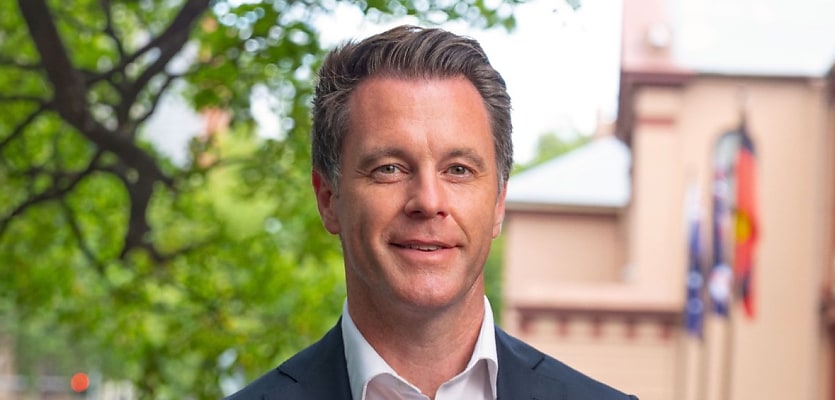A memo from NSW Premier Chris Minns has asked the state’s public servants to begin working primarily from offices as opposed to remotely.
While the reaction from workers has been largely negative, the Property Council of Australia is supportive of the move, citing the benefit to commercial real estate and CBD businesses.
“This is a game changer for our CBDs and local centres. More workers mean more life, more investment, and more business for our cities,” said PCA NSW executive director Katie Stevenson.
“We need vibrant commercial centres every day of the week, and the Property Council has been consistent with its calls for government action to make public servants work from work,” she said, adding that the move was a “shot in the arm” for the office market.
In Sydney, the CBD vacancy rates currently sit at 11.6 per cent, from 3.9 per cent in January 2020, which was the last record taken prior to the onset of COVID-19.
Furthermore, Stevenson argued that with many public employees unable to work from home – such as those involved in essential services like nurses, teachers and police – there was “no good reason why other public sector workers should work under different conditions”.
Property Council SA deputy executive director Richard Fowler called on the Malinauskas government to follow NSW’s lead in directing more government workers back to the office, citing the positive impact it would have on Adelaide’s CBD.
Minns’ intention in requesting greater office attendance does not come primarily out of a concern for commercial spaces, rather his memo cited “overseas studies” concluding that productivity was higher for in-office workers. But casting a broad view over the broad research conducted on the impacts of remote and hybrid work models shows that the impacts are decidedly mixed.
Earlier this year, new research from KPMG revealed that flexible work is changing the way Australians are planning their retirement – including how long they’ll stay in the workforce and where they’ll live during their final working years.
The study found that Australian workers are now retiring at their oldest age since the early 1970s. The expected retirement age for men is now 66.2 years, the highest since 1972, while for women it sits at 64.8 years, the highest since 1971. The consulting firm attributed this change to shifting working conditions brought about by the pandemic, noting that participating in the workforce from home supported rightsizing activities among older Australians who may wish to downsize to a location more suited to eventual retirement, farther away from their office locations.
Similar to the benefits that remote and hybrid work deliver to older workers, women, too, have been discovered to be a cohort that is better off under flexible working conditions in a study conducted by International Workplace Group.
Research from the coworking space provider found in a study of 1,000 respondents that 66 per cent of all women and 73 per cent of women in minority groups said that hybrid working has allowed them to consider career opportunities they would otherwise not have pursued.
Younger workers appear to be the most concerned with office mandates – and are prepared to make an employment move if the flexibility offered does not meet their desires.
A report from ADP found that two in three (65 per cent) of 25- to 34-year-olds said they would consider finding another role if they were asked to return to the office full-time.
ABOUT THE AUTHOR
Juliet Helmke
Based in Sydney, Juliet Helmke has a broad range of reporting and editorial experience across the areas of business, technology, entertainment and the arts. She was formerly Senior Editor at The New York Observer.

Never miss a beat with
Stay across what’s happening in the Australian commercial property market by signing up to receive industry-specific news and policy alerts, agency updates, and insights from reb.
Subscribe to reb Commercial:









You are not authorised to post comments.
Comments will undergo moderation before they get published.